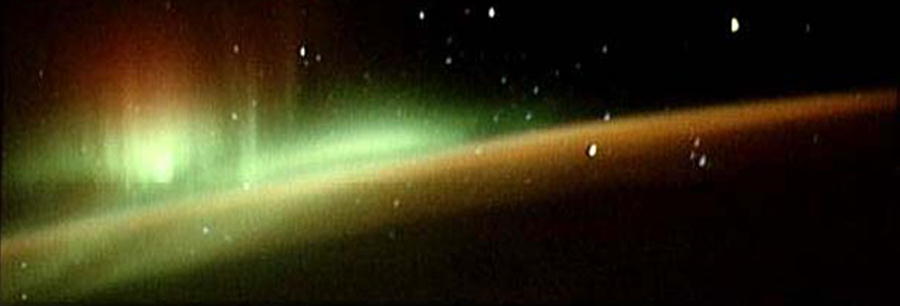| |
The primary objective of the THEMIS (Time History of Events and their Macroscopic Interactions during Substorms) satellite mission is to determine where and how the substorms are triggered. Its other objectives include source and acceleration mechanism of storm-time MeV electrons; and the nature, extent, and cause of magnetopause transient events. An international collaboration program, which was initiated by National Space Organization (NSPO) in Taiwan, will coordinate research conducted in the Taiwanese and foreign laboratories. For this program, we propose three interrelated subprojects in accordance with the objectives of the THEMIS mission and our expertise. The subprojects include (1) a systematic study of the substorm growth and expansion phases: multiple observations; (2) source and transport process for the ring current evolution during geomagnetic storms; and (3) theoretical and Simulation Study of Multiple-Scale Nonlinear Process During the Growth Phase, Onset, and Expansion Phase of Magnetospheric Substorms. In the first subproject, we will investigate the timing problem of current disruption and magnetic reconnection, and the development of magnetic fields, plasma flow, and aurora and their association with magnetotail dynamics in the growth and expansion phases of substorms. It is anticipated that the characteristics of ionospheric outflow ions by storm-time substorms, and the ring current development and its association with the ionospheric outflow ions and ion injections due to enhanced convections will be derived from the research conducted in the third subproject. We will perform a multi-scale study of energy and momentum transport during the growth phase of a substorm and identify the cause of the substorm in the third subproject. In addition, we will establish a supporting program to provide computer and data services to researchers who are working for this THEMIS project. Derived scientific results from the proposed research can advance our understandings of the physical processes underlying the storm and substorm phenomena. |
|





